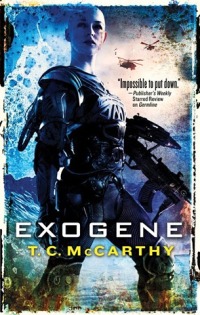The Technologists by Matthew Pearl
 Friday, February 24, 2012 at 9:38PM
Friday, February 24, 2012 at 9:38PM Published by Random House on February 21, 2012
In 1868, the navigational instruments on every ship in foggy Boston Harbor go haywire at the same instant, causing a disastrous series of shipwrecks. Soon thereafter, all the glass along a Boston street liquefies. The baffled authorities, fearing that “the darkest reaches of science and mechanical arts” are responsible for the disasters, need expert assistance to find an explanation. Will that help come from venerable Harvard or its fledgling rival, the Institute of Technology? The conflict pits a professor at Harvard against the president of MIT, and William Blakie, a leading Harvard student and pompous moralizer, against Marcus Mansfield, a working class kid who was plucked from his job as a machinist to become one of MIT’s first students. Mansfield and two fellow students turn to practical science to solve the mystery. The call themselves the Technologists.
At times The Technologists seems like an extended science lesson, but it is never dull. There are moments of wicked humor; college students and pranks go hand-in-hand while making fun of the pretentious is always good sport. The possibility of romance arises with each appearance of the frosty Ellen Swallow, MIT’s lone female student, although not with Mansfield; Agnes the chambermaid is more his speed. Flashbacks to the Civil War add another layer of interest. The novel eventually mixes elements of a thriller with an intriguing whodunit that invites the reader to puzzle out the identity of Boston’s saboteur. Matthew Pearl employs misdirection to good effect, yet still plays fair: there are subtle clues to the culprit’s identity planted along the way. Shrewder readers than I might identify the villain before his or her identity is finally revealed.
The Technologists pursues a number of interesting themes, many centering around educational models that were undergoing a revolution in the latter half of the nineteenth century. Harvard represents the “classic education” that values tradition and faith while upstart MIT favors factual accuracy and scientific investigation. There is no room for the “new sciences” -- chemistry and physics -- at Harvard while they are the bread-and-butter of MIT. Academics and politicians debate the wisdom of teaching science to women, of educating students who are not “morally fit” (i.e., are not devout Christians), and of waiving tuition for students from the lower classes (who, in the view of some, will never be the sort of gentlemen who can benefit from their studies). Should education remain entirely in the lofty realm of theory or should students get their hands dirty performing experiments? Although the reader knows which side prevailed, the debates offer a fascinating look at the evolution of modern education.
Sometimes the characters in The Technologists seem a bit too Dickensian, but that’s also part of the novel’s charm. I prefer characters with greater depth and endings that are a bit less formulaic (even the last chapters are a throwback to Dickens), but I can’t fault Pearl for writing a novel that is exciting, interesting, and fun.
RECOMMENDED



